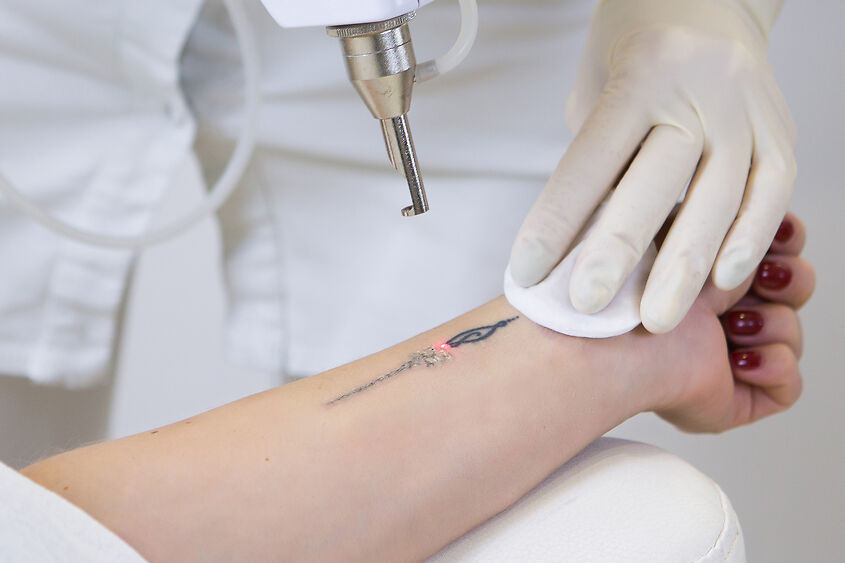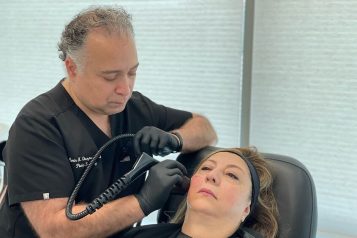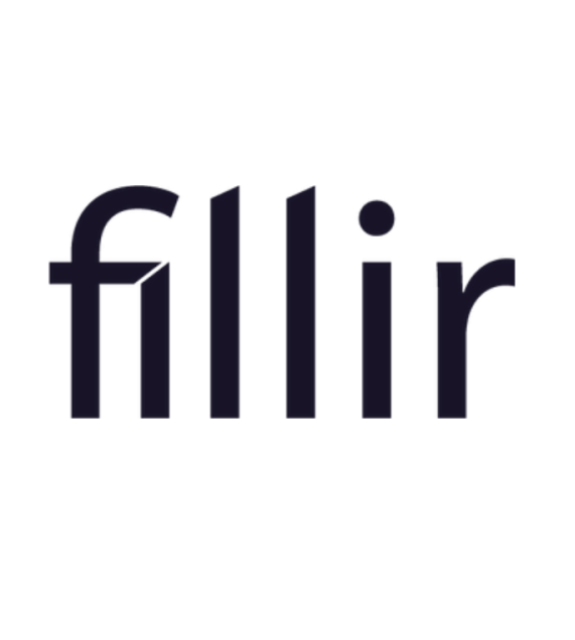Tattoos have long been considered permanent expressions of art on the body. However, as tastes change and life circumstances evolve, the desire to remove or alter tattoos has increased. Fortunately, advancements in technology have revolutionized tattoo removal, offering safer and more effective methods than ever before.
 Photo Credit: Courtesy of UvGroup/Shutterstock
Photo Credit: Courtesy of UvGroup/Shutterstock
Cover-Up Tattoos: A Creative Solution
One common approach to altering unwanted tattoos is through cover-up tattoos. By strategically designing a new tattoo to overlay the existing one, individuals can transform their ink into a fresh design that better reflects their current aesthetic or interests. From clever modifications like turning "Winona Forever" into "Wino Forever" to completely new designs, cover-up tattoos offer a creative solution for those seeking change.
Chemical Methods: Risks and Limitations
Some individuals may explore chemical methods such as acids, peels, or topicals to remove tattoo ink. However, these approaches often carry significant risks, including scarring and hyperpigmentation. Due to the potential for adverse effects, reputable professionals typically avoid these methods in favor of safer alternatives.
Laser Tattoo Removal: The Gold Standard
In recent years, laser technology has emerged as the gold standard for tattoo removal. Traditional Q-switch lasers were once the primary option, but advancements in laser technology have led to the development of Pico and Nano lasers, offering faster and more efficient removal.
The Picoway laser, manufactured by Candela, is one such example of cutting-edge laser technology. By utilizing vibrational and light energy, Picoway effectively breaks down tattoo ink into smaller particles, allowing the body to naturally eliminate them over time. This results in faster and more thorough clearance compared to older laser technologies.
Effectiveness of Laser Tattoo Removal
Compared to other techniques, laser tattoo removal, particularly with Picoway lasers, is highly effective. With proper treatment, full clearance of the ink is often achievable, providing individuals with the opportunity for a clean slate.
Understanding Risks and Side Effects
As with any medical procedure, there are risks associated with tattoo removal. These may include blistering, scarring, hyperpigmentation, hypopigmentation, and infection. However, when performed by a well-trained and experienced professional, these risks can be minimized.
Factors Affecting Treatment
The number of sessions required for complete tattoo removal varies depending on several factors. These include the professionalism of the initial tattoo application, the age of the tattoo, the amount and type of ink used, and the colors present. Additionally, factors such as the depth of the ink and whether it has been layered over time can influence the treatment process.
Optimal Treatment Protocol
For optimal results, laser tattoo removal typically requires multiple sessions spaced several weeks apart. While the exact number of sessions varies depending on individual circumstances, most individuals see significant improvement after five sessions with Picoway laser treatment.
Post-Treatment Care
Following laser tattoo removal, proper post-treatment care is essential for optimal healing and minimizing side effects. This may include the use of products such as AnteAge stem cells to promote faster healing and reduce scarring. Additionally, keeping the treated area moisturized with Vaseline during the healing process can aid in recovery.
Modern tattoo removal techniques offer individuals the opportunity to revise or remove unwanted ink safely and effectively. With advancements in laser technology and proper professional guidance, individuals can embark on their journey to a tattoo-free future with confidence and peace of mind.
For more information, visit Dr. Susan B. Fox's social media:





















